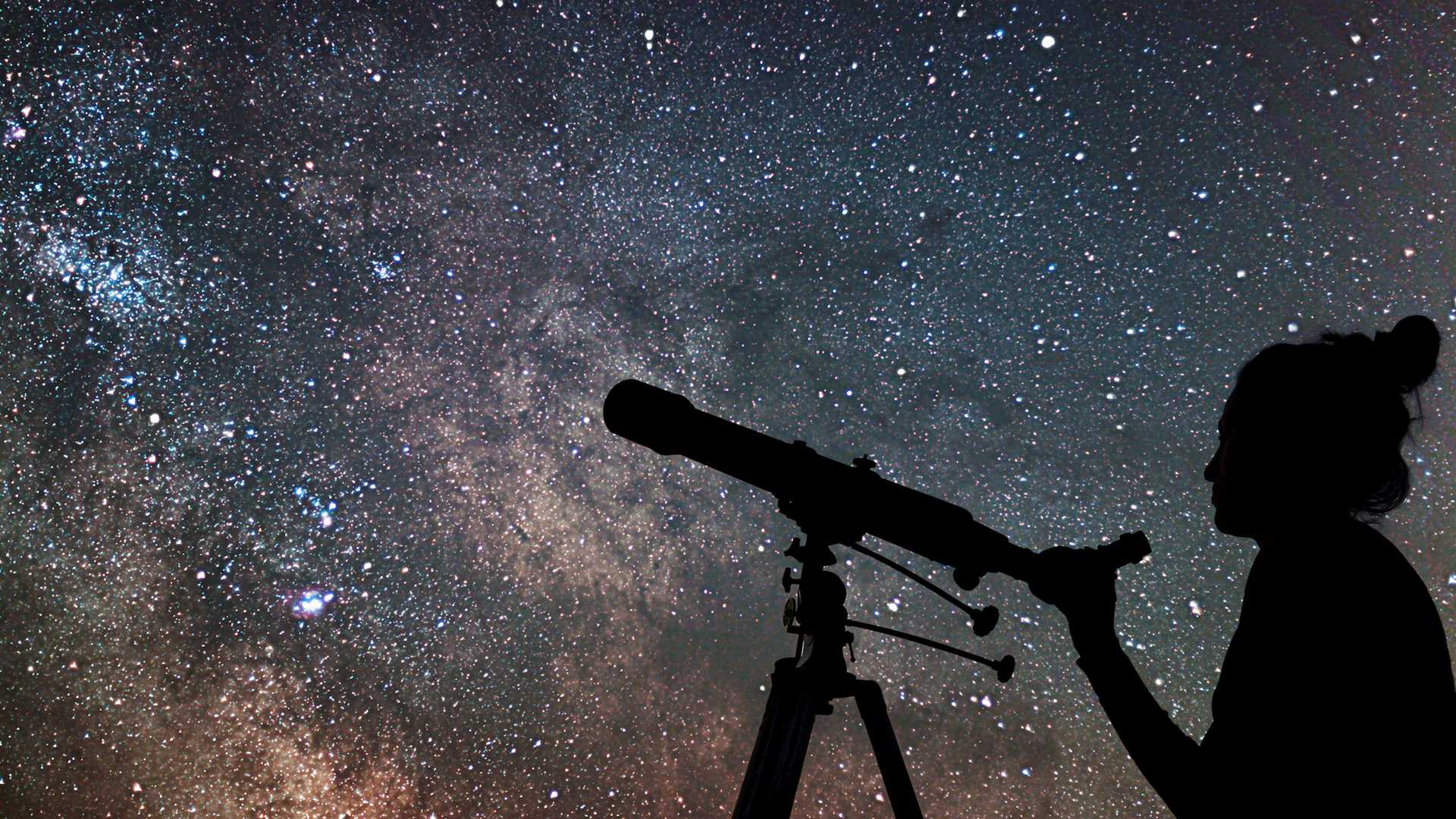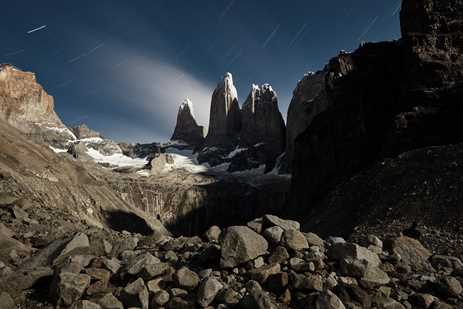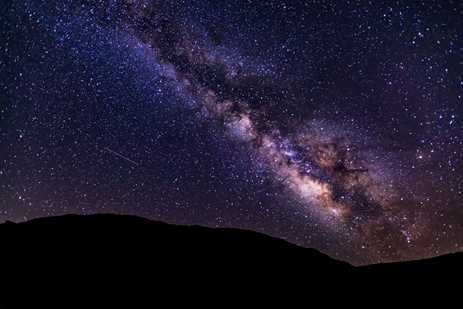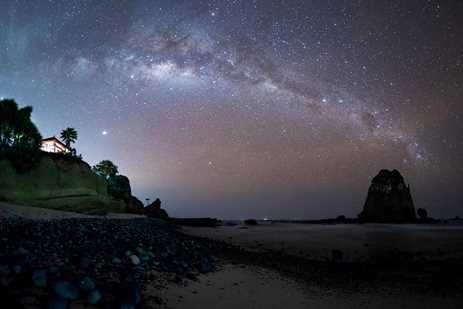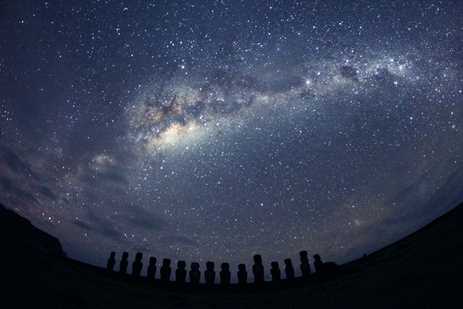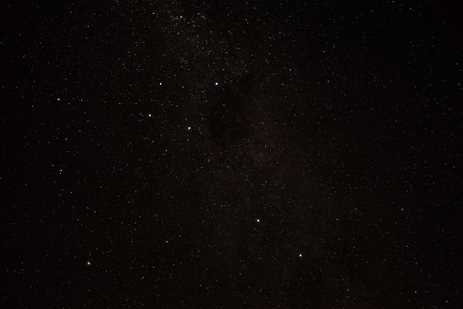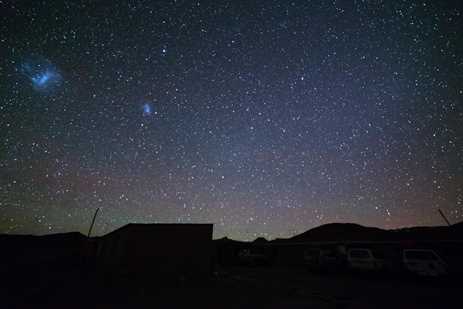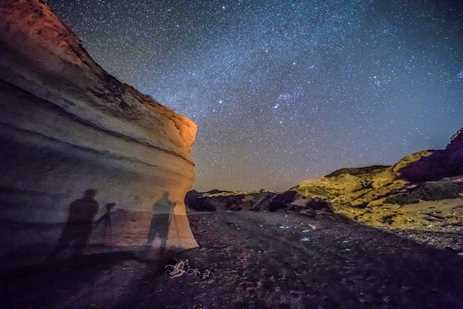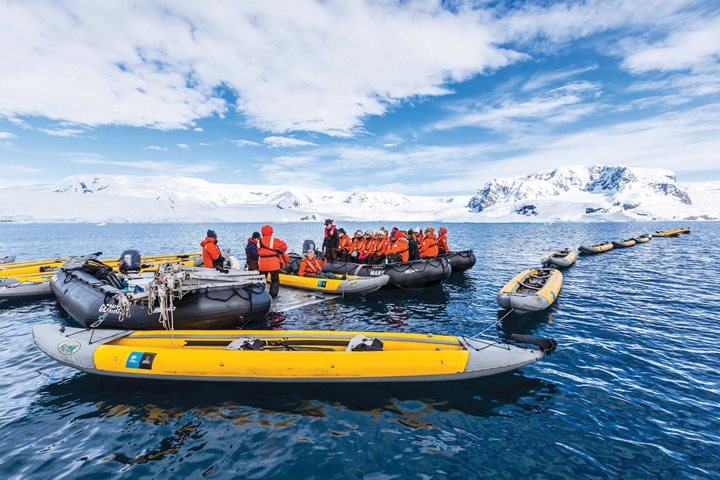The stars are one of humanity’s true universal languages. They’ve served as a compass, a muse, and a constant source of light across cultures for time immemorial. Today, however, a third of the world’s population can no longer see the Milky Way due to manmade light pollution, including 99 percent of the continental United States. Electricity has paved the way for endless opportunities, but in many cases, it’s also cost us our connection to the cosmos. To rediscover the wonders of the night sky, we have to go beyond our own backyards.
Get Inspired by Photos, Videos, Webinars, Stories, and Exclusive Offers.
Sign Up
Top Tips for Viewing the Night Sky
Before booking a sojourn to darker skies, you'll want to brush up on some tips for stargazing. Skillwise, it seems as simple as looking up, but the key is being in the right place at the right time. Conditions are best in remote areas, and on cloudless nights during a new moon. The second most important skill is patience; it takes time for human eyesight to acclimate to pitch black. Even in the best places to see stars, you may not be immediately dazzled. Closing your eyes for 20-30 seconds might help expedite your transition to “night vision,” or you could borrow a trick from avid astronomers and wear sunglasses all evening before heading out.
After 10-15 minutes in the dark, the depths of the galaxy will begin to reveal themselves. Hoping to spot blazing meteors and orbiting satellites among the more static celestial bodies? Relax your gaze and try focusing on your peripheral vision, which is better at picking up subtle movements.
If you’ll need artificial light to navigate trails, be sure to bring red LEDs, which are least obtrusive. And to avoid the bright beam of your phone screen, familiarize yourself with the area’s constellation chart in advance. Stellarium, an open-source planetarium for your computer, allows you to simulate the stars in 3D from locations across the globe.
Once you’ve got your aerial bearings, you won’t need NASA’s James Webb telescope to take amazing photos of the stars. Cameras with ultra-wide lenses and the capacity for long exposures are nice-to-haves, but a steady tripod tops the list of the best gear for astrophotography. Binoculars, too, will open up even more to explore above. Take advantage of the OM System Photo Gear Locker on board the Lindblad-National Geographic fleet and borrow some gear to test drive out in the field.
Now, it’s time to take your eyes to the skies! From the sprawling deserts of South America to some of Earth’s most isolated isles, these remote, dark sky destinations boast some of the world’s best stargazing.

